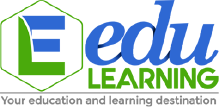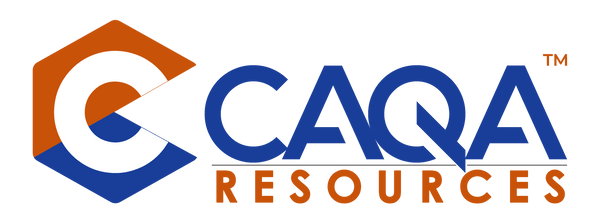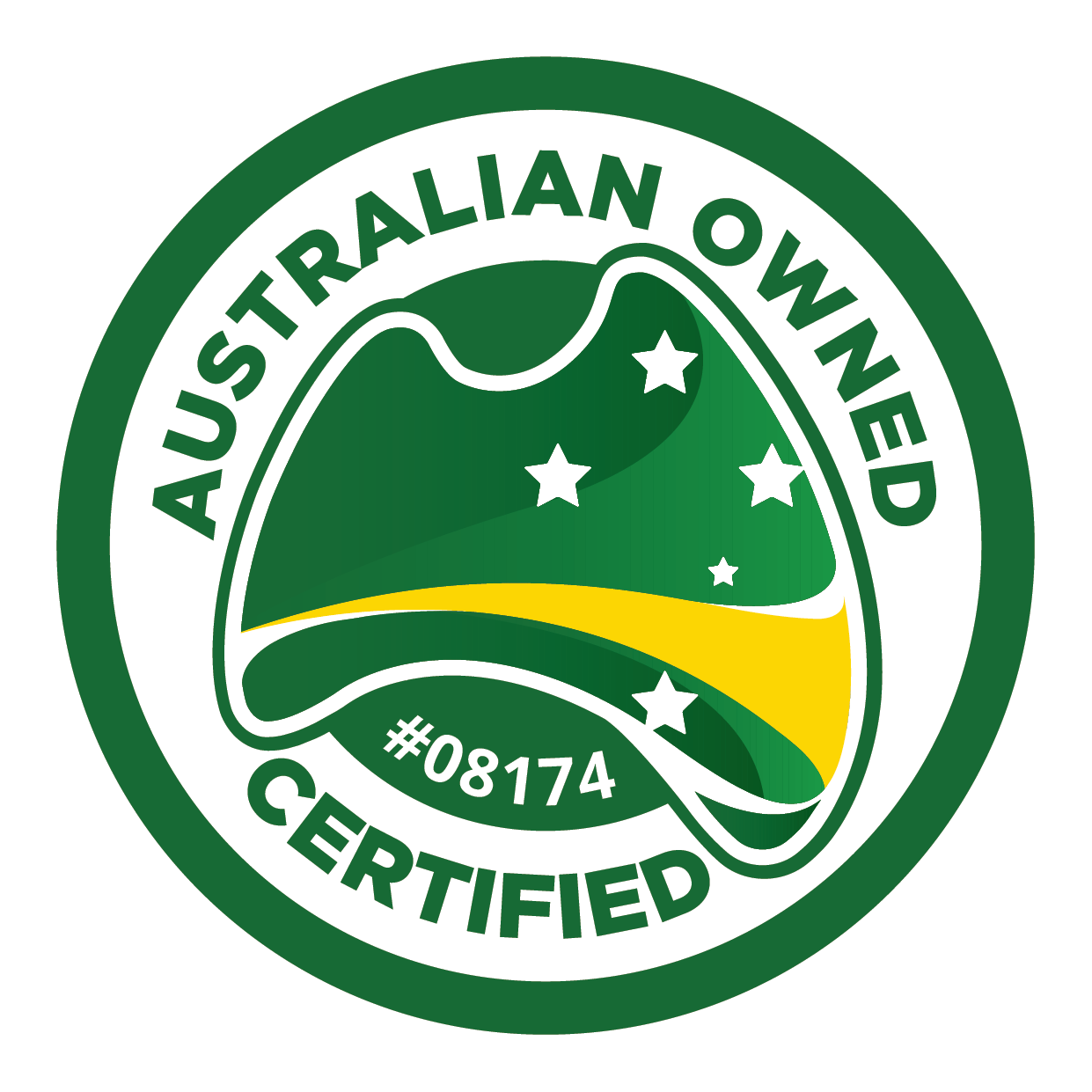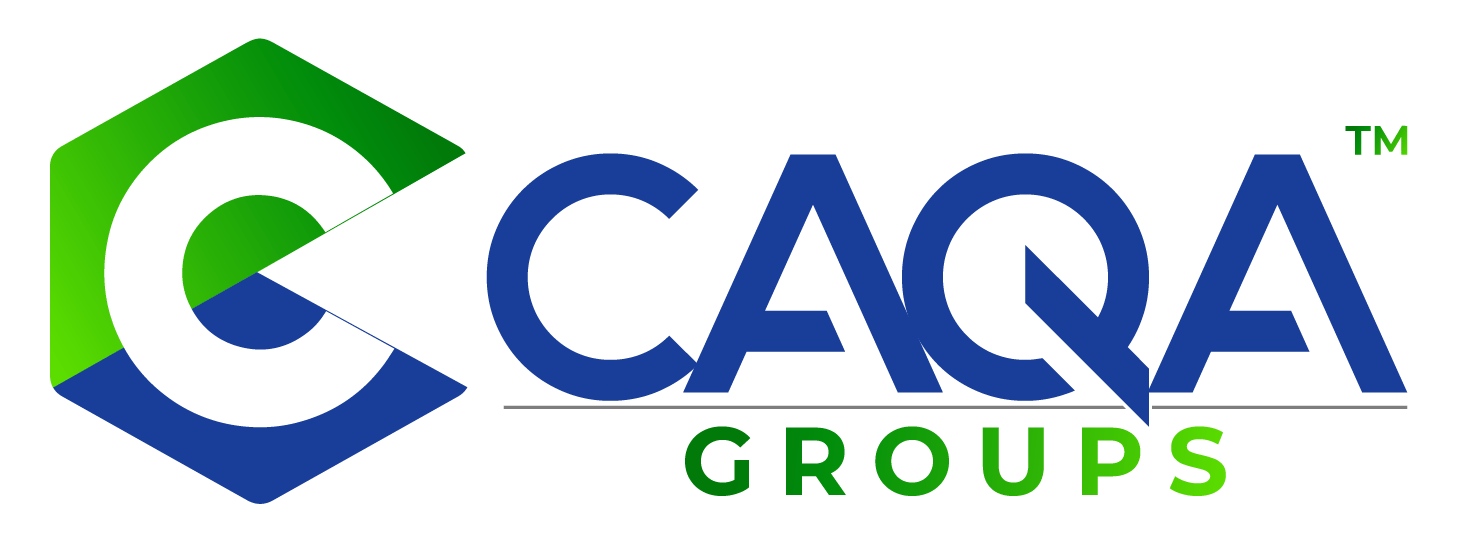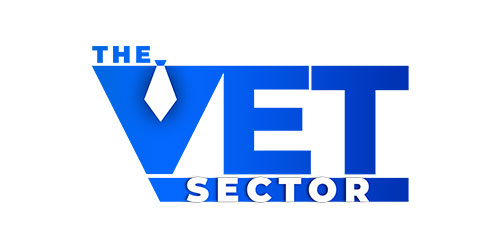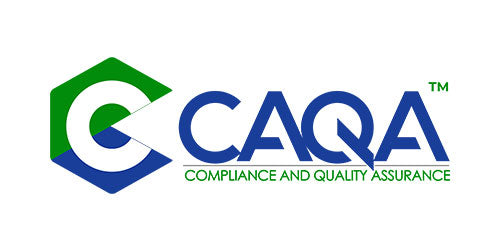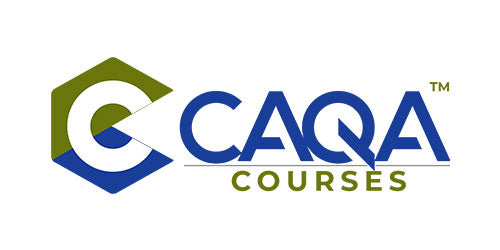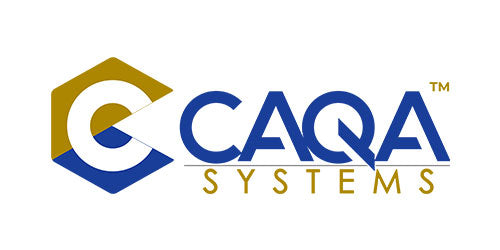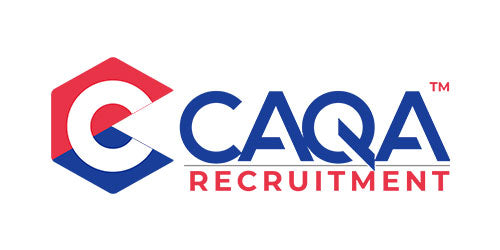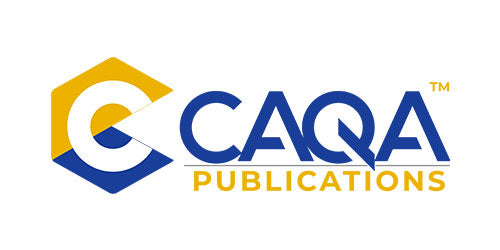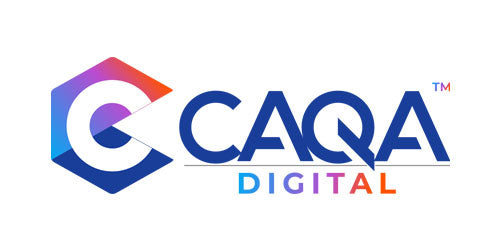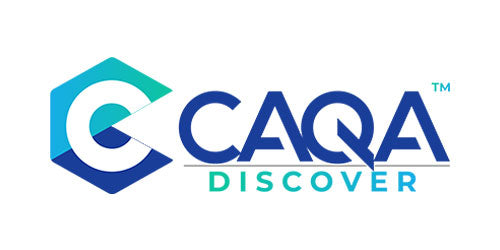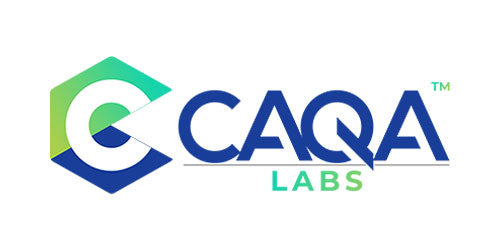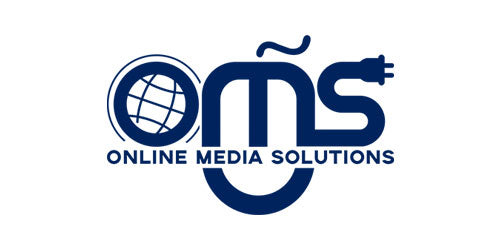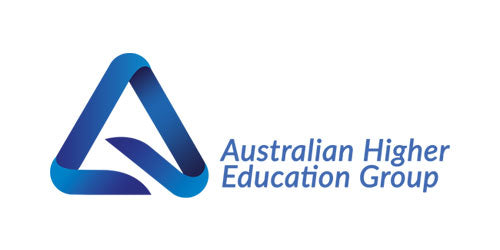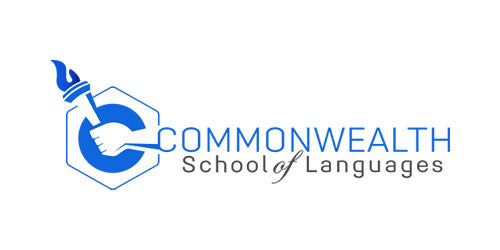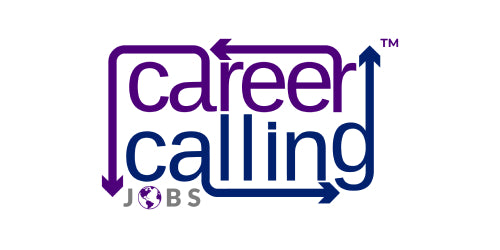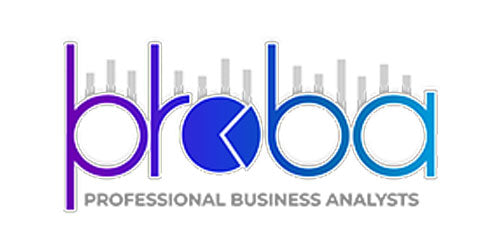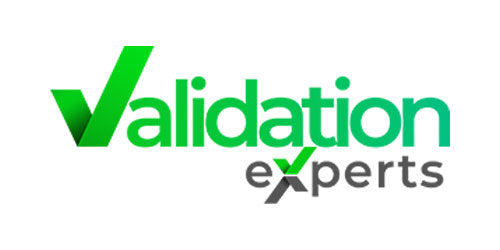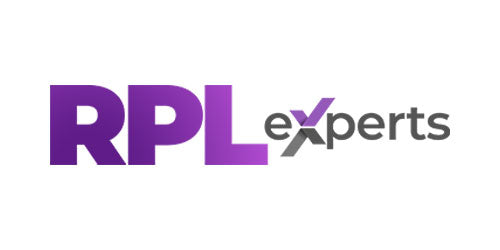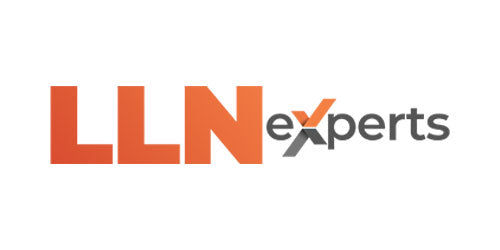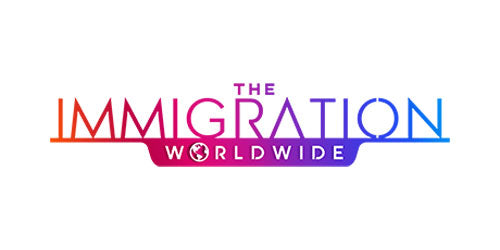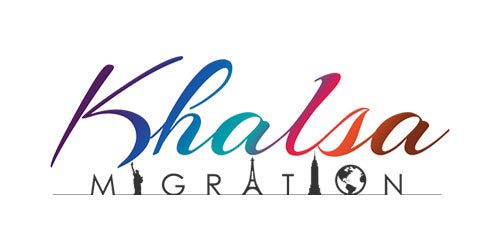The ability to design and implement high-quality assessment tools is an essential skill for Registered Training Organisations (RTOs) in Australia. Assessment tools are at the core of every RTO’s ability to deliver compliant and effective training programs, ensuring that learners meet the required standards outlined in nationally recognised qualifications. While many RTOs excel at delivering training, assessment development is an area that often poses challenges. The process of creating and managing assessment tools requires a deep understanding of competency-based assessment, compliance with the Australian Skills Quality Authority (ASQA) standards, and a strategic approach to ensure both fairness and validity.
Effective assessment design is not just about meeting compliance requirements but also about creating tools that are clear, accessible, and meaningful for learners, trainers, and assessors alike. It involves choosing the right assessment methods, contextualising resources to fit the training context, and ensuring that the tools align with the units of competency (UOC) and the assessment requirements specified in the Training Package. This article aims to provide a comprehensive guide to mastering assessment tool design, offering insights into best practices, tips, and strategies for RTOs to streamline their processes and develop high-quality assessment tools.
1. The Importance of Designing High-Quality Assessment Tools
Quality assessment tools are vital for a variety of reasons. First and foremost, they ensure that RTOs meet regulatory compliance requirements and provide evidence of learner competency. But beyond compliance, they also help RTOs to deliver training that is rigorous, fair, and meaningful, ensuring that students are thoroughly prepared for their roles in the workforce.
a. Ensuring Compliance with Regulatory Standards
The Australian VET (Vocational Education and Training) sector is governed by strict guidelines, including the Standards for Registered Training Organisations (RTOs) 2015. These standards require RTOs to have robust and compliant assessment systems in place. Properly designed assessment tools ensure that the RTO meets these standards, particularly Standard 1, which covers training and assessment, and Standard 5, which addresses assessment systems and practices.
b. Assessing Competency Effectively
Assessment tools are the primary means by which an RTO determines whether learners have achieved the competencies outlined in the training package. A well-designed tool enables assessors to make objective, accurate judgments about student performance. It also ensures that the assessment process is transparent, consistent, and valid.
c. Supporting Learner Success
High-quality assessment tools contribute to the learning experience by providing learners with clear expectations and feedback. When assessment tools are designed thoughtfully, they help learners understand what is expected of them and provide a fair and accurate reflection of their progress.
2. Key Principles of Assessment Design
There are several guiding principles that should be followed when designing assessment tools. These principles ensure that the assessments are fair, valid, reliable, and flexible, helping RTOs to achieve the best possible outcomes for learners and meet regulatory requirements.
a. Validity
Validity refers to the extent to which an assessment accurately measures what it is intended to measure. For assessment tools to be valid, they must be directly aligned with the learning outcomes and the competency standards specified in the Units of Competency (UOC). This ensures that the assessment tasks reflect the skills, knowledge, and abilities that learners are expected to demonstrate in the workplace.
To ensure validity, assessors should:
- Review the Unit of Competency and the Evidence Guide to understand the required outcomes.
- Map assessment tasks directly to the specific elements and performance criteria within the UOC.
- Ensure that the assessment methods reflect the real-world tasks and conditions under which learners will operate.
b. Reliability
Reliability refers to the consistency of assessment results. An assessment tool is reliable if it produces consistent results across different assessors, learners, and contexts. To enhance reliability:
- Use clear, objective criteria for marking and decision-making.
- Provide assessors with training on how to apply assessment tools consistently.
- Implement moderation and validation processes to ensure consistency in assessments.
c. Fairness
Fairness ensures that assessments are inclusive and provide equal opportunities for all learners, regardless of background or personal circumstances. Assessments should be designed to accommodate diverse learning styles, needs, and abilities. To ensure fairness:
- Provide clear instructions and sufficient time for learners to complete assessments.
- Use a variety of assessment methods to cater to different learning preferences.
- Offer reasonable adjustments for learners with special needs, ensuring that these adjustments are documented and consistently applied.
d. Flexibility
Flexibility refers to the ability of the assessment tools to be adapted to different learning contexts and learner needs. Flexibility is crucial in the modern VET landscape, where learners may be completing their studies through face-to-face classes, online learning, or work-based training. To ensure flexibility:
- Use assessment methods that can be adapted to different delivery modes (classroom, workplace, online, etc.).
- Design assessments that allow learners to demonstrate their competence through a variety of means (e.g., written exams, oral assessments, projects, simulations, etc.).
- Allow for flexibility in the assessment process, such as providing learners with the opportunity for reassessment if needed.
3. Assessment Methods: Choosing the Right Approach
Choosing the correct assessment method is critical to the effectiveness of the assessment tool. Various methods are available, each suited to different types of learning and competency assessment.
a. Knowledge Testing
Knowledge testing involves assessing learners' understanding of theoretical concepts and knowledge. This can be done through written exams, multiple-choice questions, or short-answer questions. Knowledge tests are useful for assessing cognitive understanding and recall, particularly for foundational knowledge.
b. Demonstrations
Demonstrations involve learners showing their ability to perform specific tasks or activities. These are often used for practical, hands-on skills and are commonly used in work-based or simulated environments. Demonstrations are a key method for assessing competence in areas such as technical skills, workplace safety procedures, and practical problem-solving.
c. Scenarios
Scenarios are situational exercises that require learners to apply their knowledge and skills in a hypothetical or real-world context. These can be written or oral and are often used to assess decision-making, problem-solving, and critical-thinking abilities. Scenarios allow learners to demonstrate their ability to handle complex, real-life situations.
d. Portfolios
Portfolios involve a collection of evidence that showcases a learner's progress and achievements over time. They are particularly useful for assessing competencies that require ongoing development, such as soft skills or workplace-specific skills. Portfolios can include written work, reflective journals, project reports, or evidence from work-based learning.
e. Practical Assessments and Simulations
Practical assessments and simulations are used to assess learners in controlled environments where they can demonstrate their competence in completing tasks that replicate real-world conditions. These methods are essential for assessing hands-on skills in fields such as health care, construction, and hospitality. Simulations are also useful in assessing how learners apply their skills under pressure or in a fast-paced environment.
4. Creating and Contextualising Assessment Tools
Once the assessment methods are chosen, RTOs must create or contextualise tools to align with the specific needs of the learners and the training package. Contextualising assessments means adapting resources to suit the target audience, delivery mode, and context.
a. Understanding the Unit of Competency
The Unit of Competency (UOC) is the foundational document that outlines the skills, knowledge, and performance criteria that must be assessed. To create effective assessment tools, RTOs should thoroughly unpack the UOC, focusing on the following:
- Elements: Broad statements that describe what the learner must be able to do.
- Performance Criteria (PC): Specific actions or behaviours that demonstrate achievement of the element.
- Required Knowledge (RK) and Required Skills (RS): The theoretical knowledge and practical skills needed to perform the tasks.
- Evidence Guide: Guidance on the critical aspects of evidence, assessment methods, and context.
Using this information, RTOs can design assessment tasks that address each of these components and ensure they are contextualised to the learner’s environment.
b. Creating Assessment Documentation
High-quality assessment documentation is essential for ensuring that assessments are conducted in a consistent and compliant manner. The documentation should include:
- Assessment Task Descriptions: Clear instructions outlining the assessment methods, required evidence, and expectations.
- Marking Guides: Criteria for evaluating learner performance and determining competency.
- Feedback Forms: Forms for providing constructive feedback to learners.
- Record of Results: Templates for documenting learner progress and final outcomes.
c. Contextualising Resources
Commercial assessment tools are often used as starting points, but they should be customised or contextualised to suit the specific needs of the RTO, the learners, and the context. This can involve:
- Adapting scenarios and case studies to reflect real-world situations that learners are likely to encounter.
- Incorporating local industry standards or workplace-specific requirements into the assessment.
- Simplifying or rewording instructions to suit the learner’s language and literacy levels.
5. Streamlining the Assessment Process
Developing a streamlined and efficient assessment process is essential for reducing administrative burdens and ensuring consistency. RTOs can adopt strategies such as:
- Standardised Templates: Using standardised templates for assessment tasks, feedback forms, and result recording helps maintain consistency across the RTO and reduces errors.
- Assessment Mapping: Mapping assessments to the relevant Units of Competency ensures that all required elements and performance criteria are covered and that the assessment process is systematic.
- Version Control: Implementing version control ensures that the most current assessment tools are used and that updates are tracked over time.
6. Validation and Moderation
Validation and moderation are critical components of the assessment process, ensuring that assessments are fair, reliable, and consistent across the RTO.
a. Validation
Validation involves reviewing and confirming that the assessment tools, methods, and processes are aligned with the required standards and produce valid results. Validation should be conducted periodically to ensure ongoing compliance and quality.
b. Moderation
Moderation ensures consistency in assessment decisions across different assessors. By discussing and comparing assessment results, moderators can help identify discrepancies, clarify decision-making, and improve the quality of assessments.
Conclusion
Designing high-quality assessment tools is a crucial skill for RTOs who want to deliver effective, compliant, and engaging training programs. By following the principles of good assessment design, selecting appropriate assessment methods, and contextualising resources, RTOs can create assessments that not only meet regulatory requirements but also support learner success. A systematic approach to assessment design, paired with robust validation and moderation practices, ensures that RTOs deliver assessments that are fair, valid, reliable, and flexible. By investing in high-quality assessment tools, RTOs can improve their training outcomes, reduce administrative burdens, and build a culture of continuous improvement in their assessment practices.













